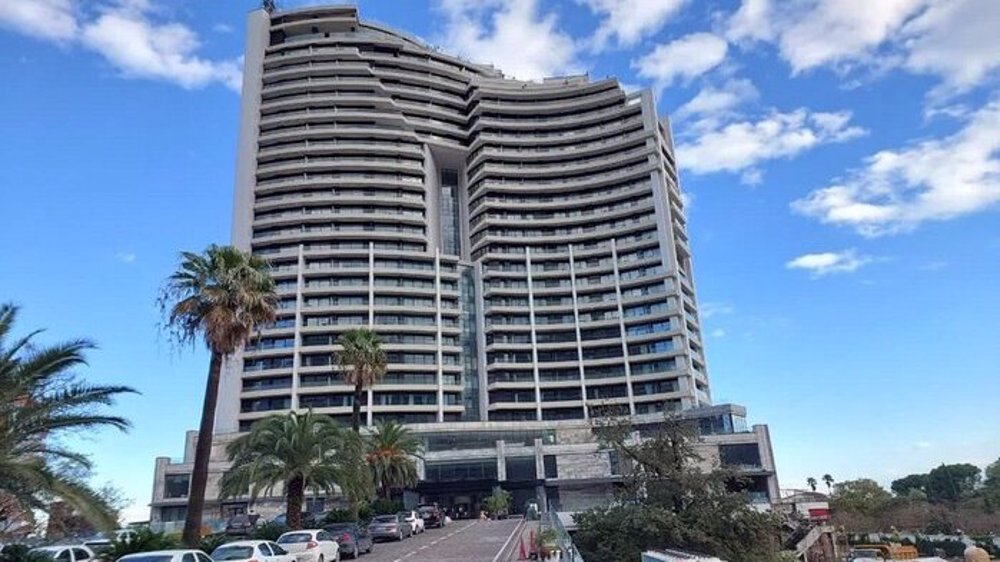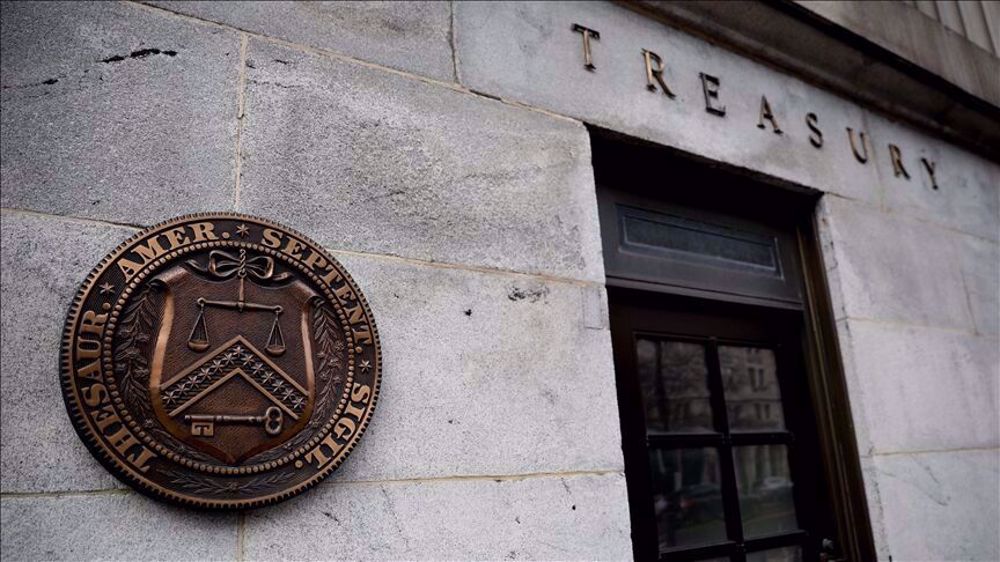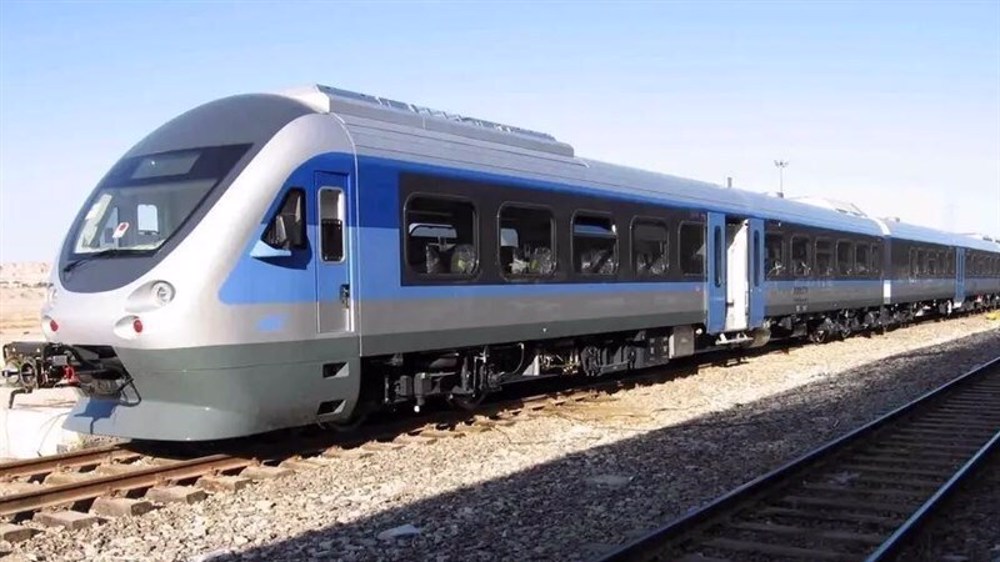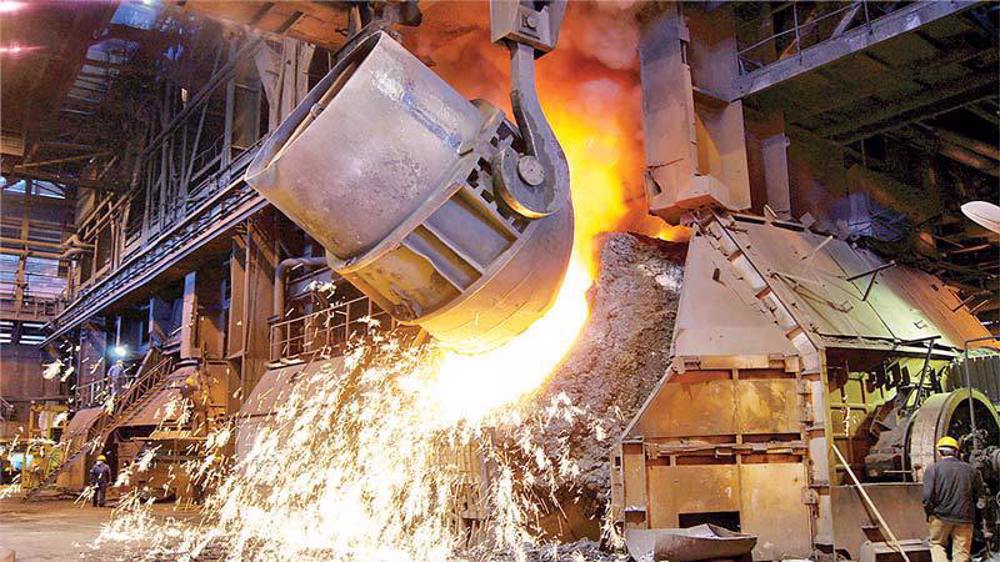The tremendous role of industry in Iran’s economic resilience
Iran has made remarkable advances in science and technology through education and training, despite Western sanctions blighting almost every aspects of research during the past few decades.
In recent years, the growth in Iran's scientific output is reported to be the fastest in the world where university population swelled from 100,000 in 1979 to 4.7 million in 2016.
In 2013, about 60,000 students were studying in all PhD programs in Iran, according to the United Nations Conference on Trade and Development.
Currently, Iran has 54 science and technology parks and about 12,300 technology units. Also 2,300 knowledge-based companies employ 113,000 university graduates, students and professors in the science and technology parks.
Industrial production in Iran increased 4.7 percent in the first quarter of 2024 over the same quarter in the previous year, according to the country’s central bank. Industrial production in Iran averaged 7.4 percent from 1975 until 2024, reaching an all time high of 102.50 percent in the second quarter of 1980.
The industry, due to having strong links with other economic sectors, is a leading force in productivity, where as the main driver of growth, success and innovation of countries, it plays a key role in the development and welfare of nations.
The economic progress and development of a country is a function of the position which industry and mining, as a powerful arm of the economy and the basis for growth, prosperity and comfort, has in its planning.
The field is one of the components of growth which makes it imperative on state planners to lay out their long-term visions for industrial progress and acquisition of new technologies by using all available capacities.
Achieving sustainable development is one of the major economic goals of the world countries, which depends on their industrial growth capacities.
Innovation in technologies and production processes which are often associated with creating new opportunities in the design and manufacture of new products and services leads to the economic growth of countries.
According to British business daily by The Economist, Iran was ranked 39th for producing $23 billion of industrial products in 2008. From 2008 to 2009, the country leaped to 28th place from 69th place in annual industrial production growth rate.
The latest report by World Steel Association (WSA) suggests that Iran's steel output in January 2024 grew 39.9% year-on-year, putting the country at the ninth place of global ranking among top steel producers.
Scores of Iranian companies have been awarded foreign tender contracts worth tens of billion dollars in different fields of construction of dams, bridges, roads, buildings, railroads, power generation, and gas, oil and petrochemical industries in about 30 countries.
Iran’s factories continue to produce out trucks, cars, appliances, electronics, and a wide range of fast-moving consumer goods. This is the key to the country’s resilience in the face of sanctions, where industrial units have successfully reduced reliance on imported finished goods.
Where sanctions have typically interrupted imports of key inputs, Iranian manufacturers have generally been able to retool their supply chains and build up their own inventories of raw materials and parts.
The manufacturing processes and industrial designs that underpin the production of these goods are often old, however, which raises costs and reduces their competitiveness.
To renovate and modernize its industrial production lines, Iran needs foreign investment which is hard to come by under the shadow of sanctions.
Under the circumstances, Iranian officials have called for increased government investment and argued that the public sector must play a more active role in investing in physical capital in order to boost future production and household welfare.

Iran VP opens privately-owned $150 mln hotel in north Iran

US announces new sanctions targeting Iran’s drone program

Iran, Turkmenistan agree to launch passenger train services
Israeli strike kills three, including Hamas official, in south Lebanon
South Korea's court removes president over martial law controversy
Pezeshkian: Iran's capability in defending itself at highest level
VIDEO | Trump’s tariffs risk global trade war; EU prepared to retaliate
VIDEO | Netanyahu visits Hungary despite arrest warrant
VIDEO | Madrid cultural event for Syria with documentary hailing fight against Takfiris
VIDEO | UK economy reels from impact of Trump Tariffs
UNRWA chief slams Israel’s attacks on UN facilities







 This makes it easy to access the Press TV website
This makes it easy to access the Press TV website